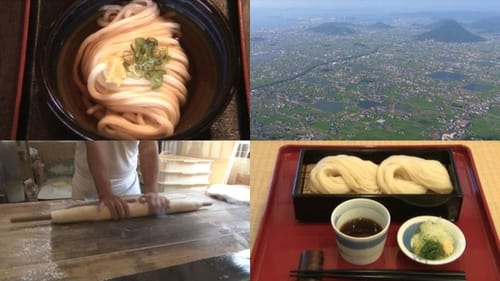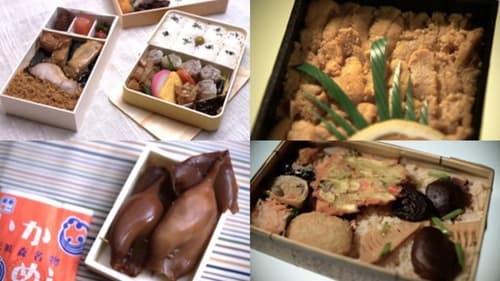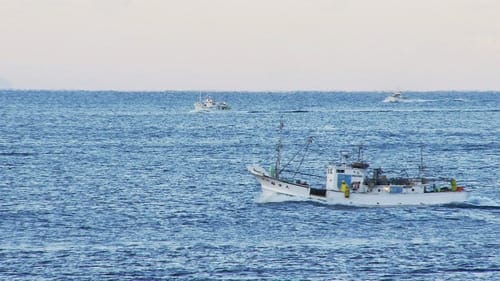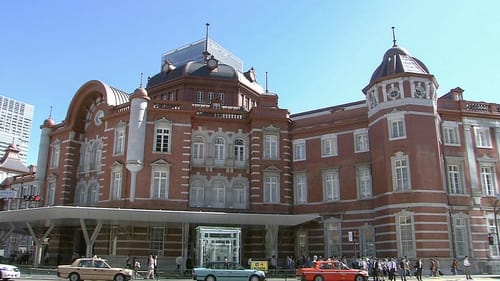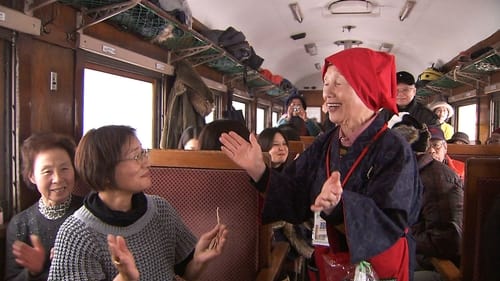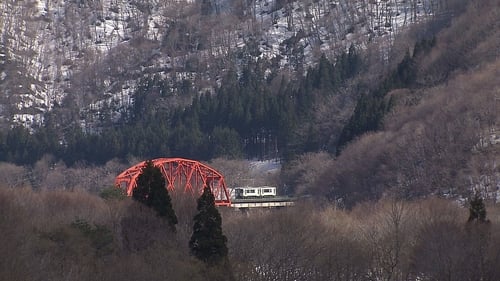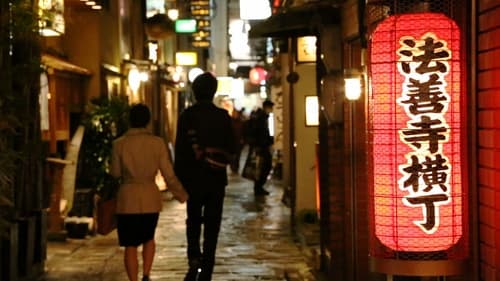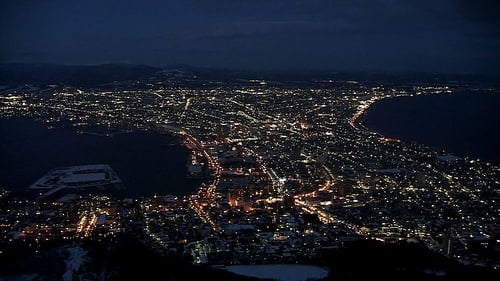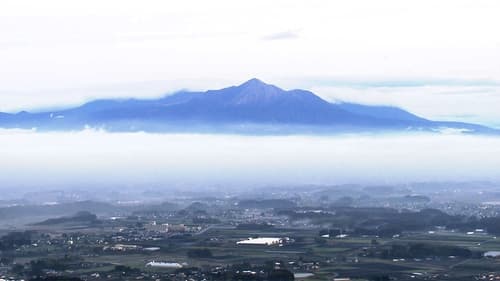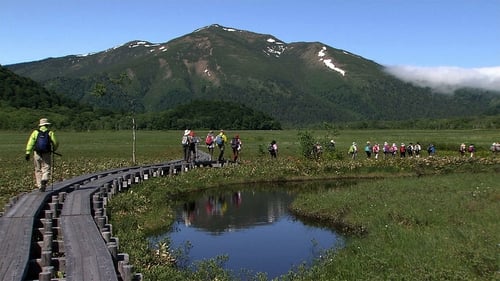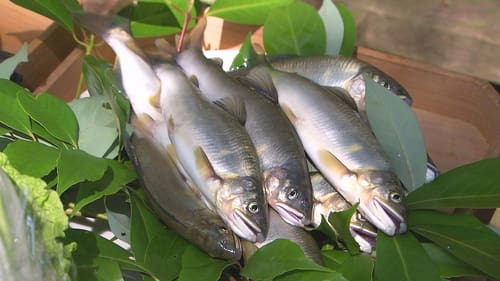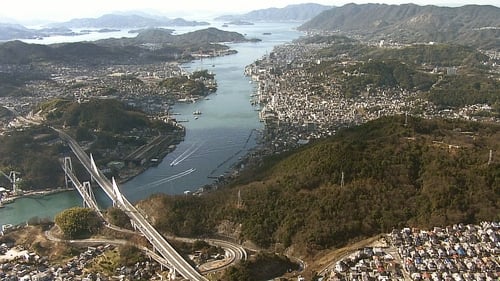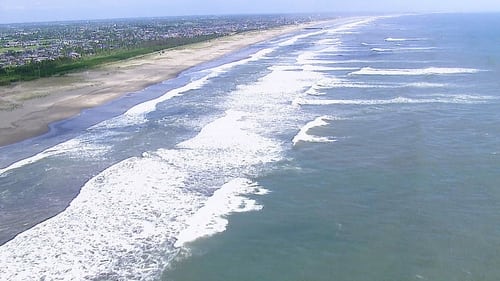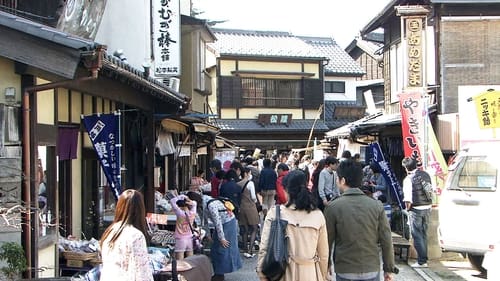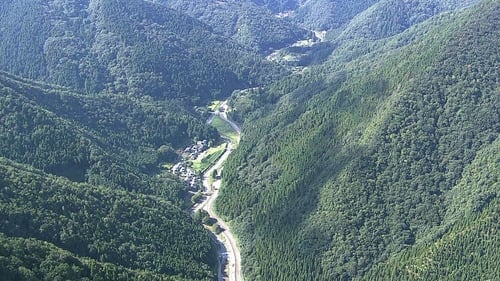
Documentary

The Best Episodes of Seasoning the Seasons Season 3
Every episode of Seasoning the Seasons Season 3 ranked from best to worst. Discover the Best Episodes of Seasoning the Seasons Season 3!

The Best Episodes of Seasoning the Seasons Season 3
Documentary
Every episode of Seasoning the Seasons Season 3 ranked from best to worst. Discover the Best Episodes of Seasoning the Seasons Season 3!
This program visits places across Japan to introduce the charms of their local daily life and festivals fostered by the nation's long history.
Seasons13
Season 3 Ratings Summary
"Izumo - Abode of the Gods" is the best rated episode of "Seasoning the Seasons" season 3. It scored /10 based on 0 votes. Directed by Unknown and written by Unknown, it aired on 1/3/2014. This episode is rated 0.0 points higher than the second-best, "Udon Noodles - A Wheat Delicacy".

